South Korea selects hydrogen
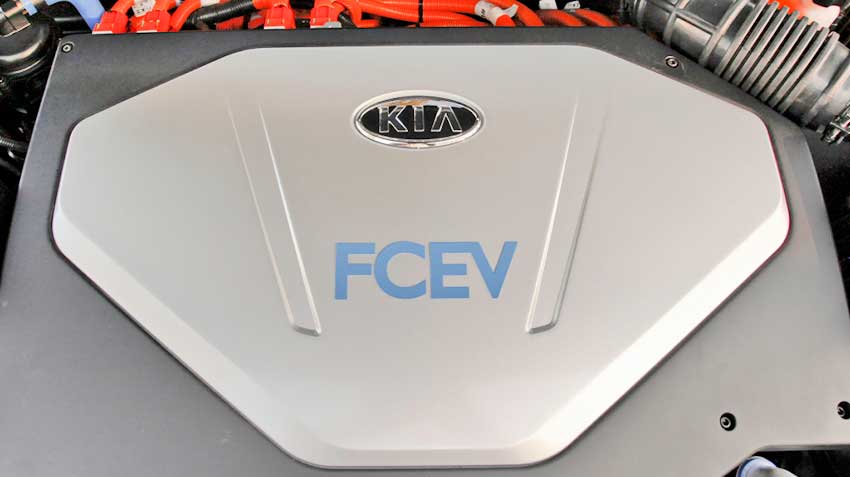
23 January 2019
The authorities of the Republic of Korea rely on the release of the FCEV and the "hydrogen economy" energy
Despite the prevailing global trend today for the deployment of production battery electric vehicles (BEV), the South Korean authorities decided to go his own way. The new plan of the South Korean government experts called "hydrogen economy".
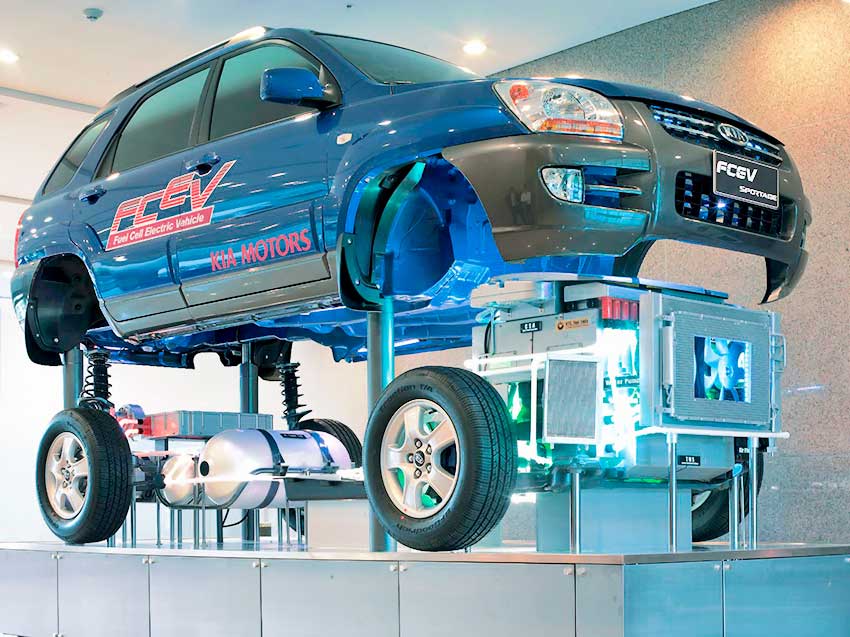
The concept of 2008 KIA Sportage FCEV demonstrates the device vodorodnaya the first generation as such
The popularity of electric vehicles on fuel cells (FCEV) is planned to increase at the expense of state subsidies and increase the density of the network of filling stations with pure hydrogen (H2). It is also planned and a number of measures to significantly reduce the cost of hydrogen, the cost of production which by 2040 it is planned to reduce from €6,25 €2,34 per kg.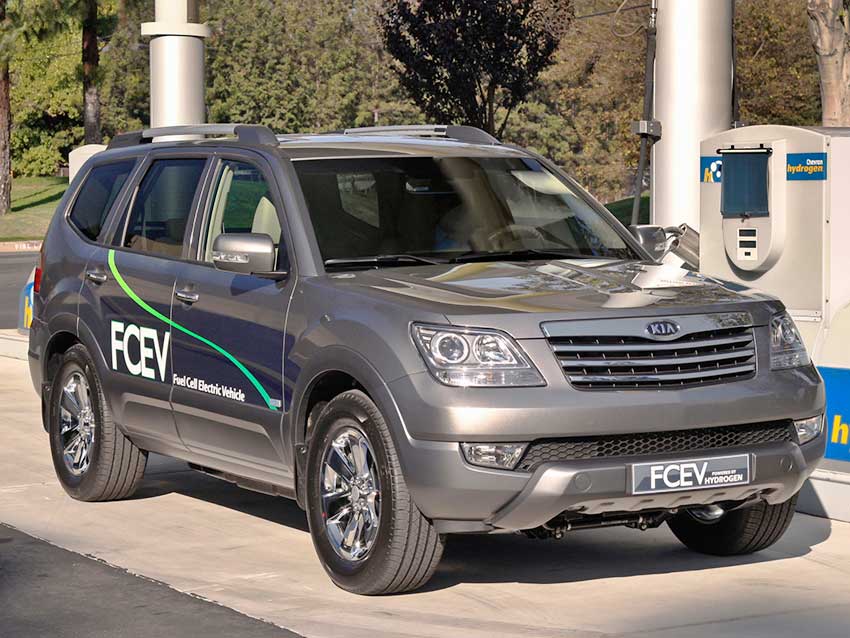
The hydrogen version of the first generation of the SUV KIA Borrego FCEV Concept 2008 also did not go beyond prototype
sales of cars "vodorazdelnaya", i.e. FCEV in 2019 is expected to increase to 4000 units, against 700 units sold last year. In 2018, the country produced approximately two thousand FCEV. By 2022 in the production of the FCEV and the development of a network of hydrogen filling stations will invested $2.33 billion Under the new plan, by 2025, the release of the FCEV is expected to increase to 100 000 units, but by 2040 it is planned to release to 6.2 million, of which 3.3 million is planned to export. The average price FCEV planned to reduce subsidies to the level of around €27 000.Thus, South Korea wants to become a major producer and consumer of the FCEV in the world. The government plans to achieve this by expanding infrastructure: the number of hydrogen filling stations will increase from 14 units last year to 310 units. by 2022, and further to 1200 units by 2040.
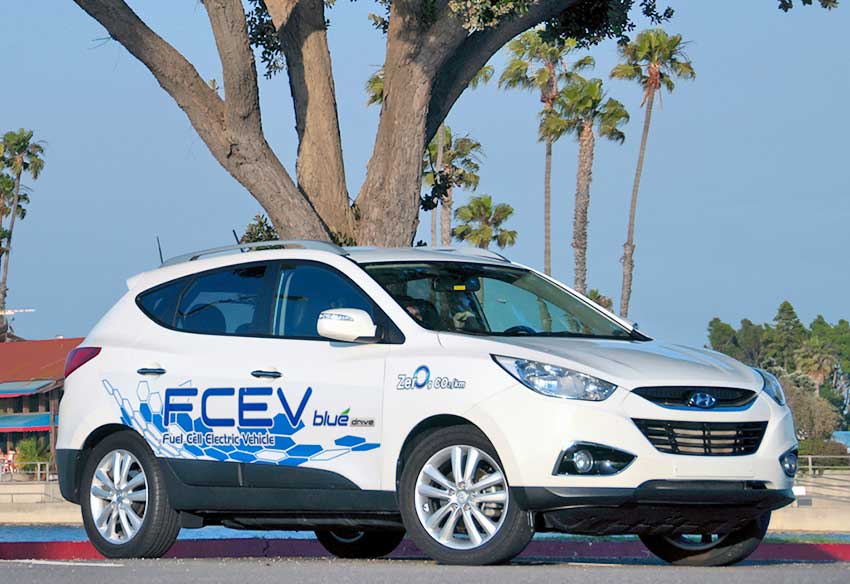
Vodorodnoi second-generation Hyundai Tucson FCEV, since 2013 was already released in small batches
It is expected that public and commercial vehicles will also be transferred to the hydrogen. The long-term goal is to enter into operation buses 40 000, 80 000 taxis and 30,000 trucks on hydrogen. There are also planned incentives for development of production of those components.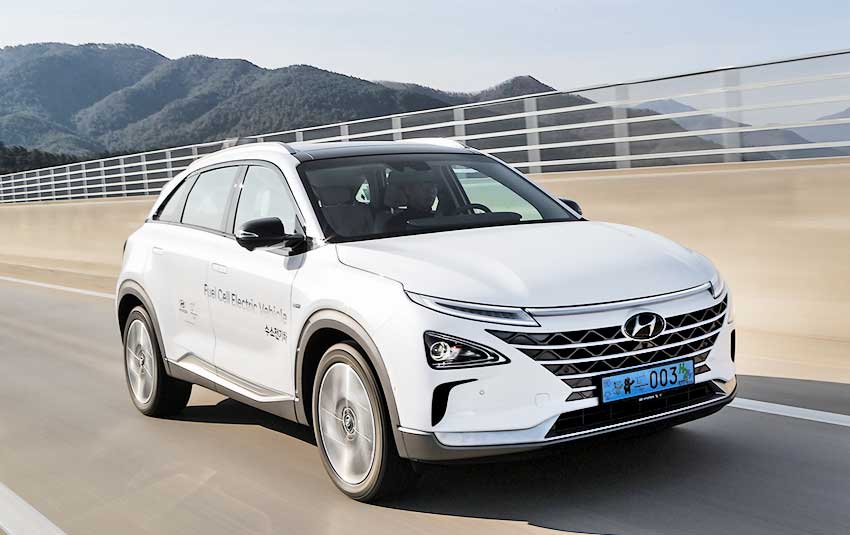
Vodorodnoi third-generation NEXO Hyundai FCEV release in 2018 already a candidate for more widespread circulation
In addition, South Korea has decided that it no longer will build new nuclear power plants on its territory because of high risk for various disasters (everyone remembers the 2011 accident at the Japanese NPP "Fukushima"). Instead, it was decided to develop alternative energy sources (wind and solar), which is intended for volume production and 4 GW of electricity over the next 20 years, as well as to continue to use existing stations, including nuclear power plants.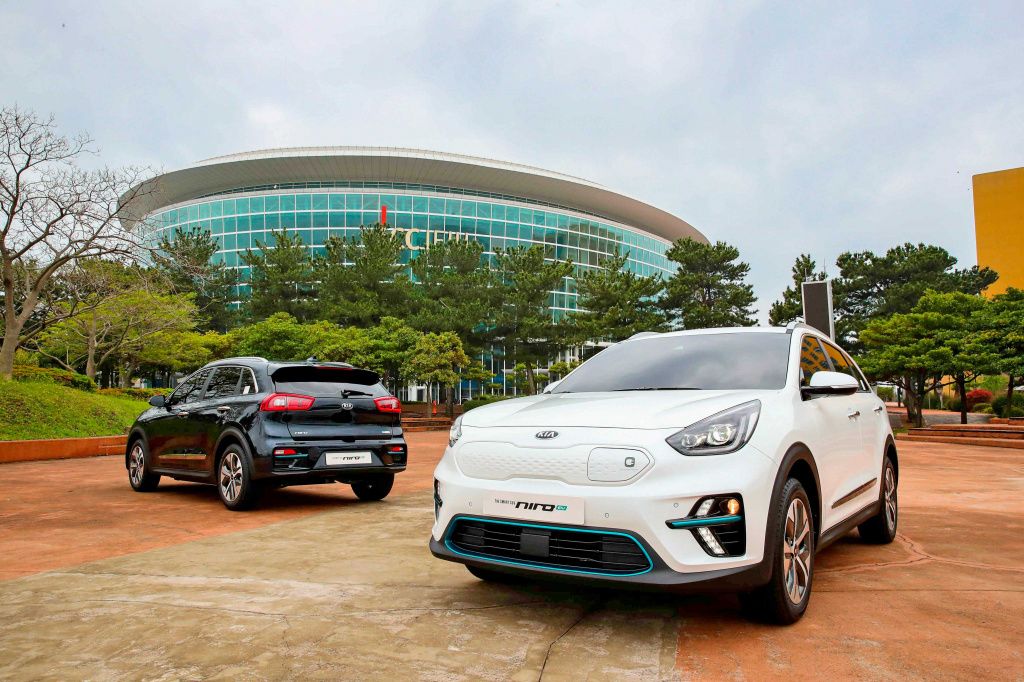
And yet Korean car manufacturers are not easily going to abandon conventional electric vehicles, for example, the latest KIA Niro electrocreaser EV really looking forward to the Scandinavian countries
Today in South Korea, there are 24 nuclear reactors that produce of 22.5 GW of energy per year. Nuclear energy accounts for 27% of electricity generation, but the lion's share (about 70%) of electricity in the country is produced at thermal power plants running on coal, gas or fuel oil, which seriously pollute the atmosphere and leads to global warming.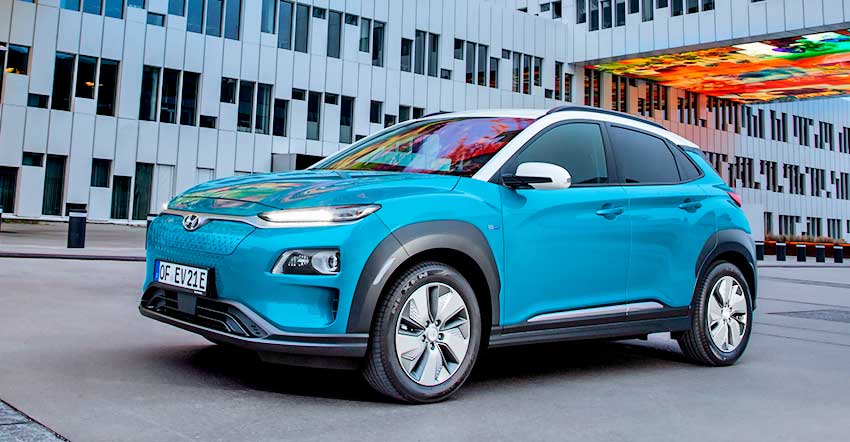
Turn on electrocreaser Hyundai Kona EV 2019 in Europe has already dragged on for several months, but about the demand for FCEV until something is heard
.
|
|
|
Element was not found.








